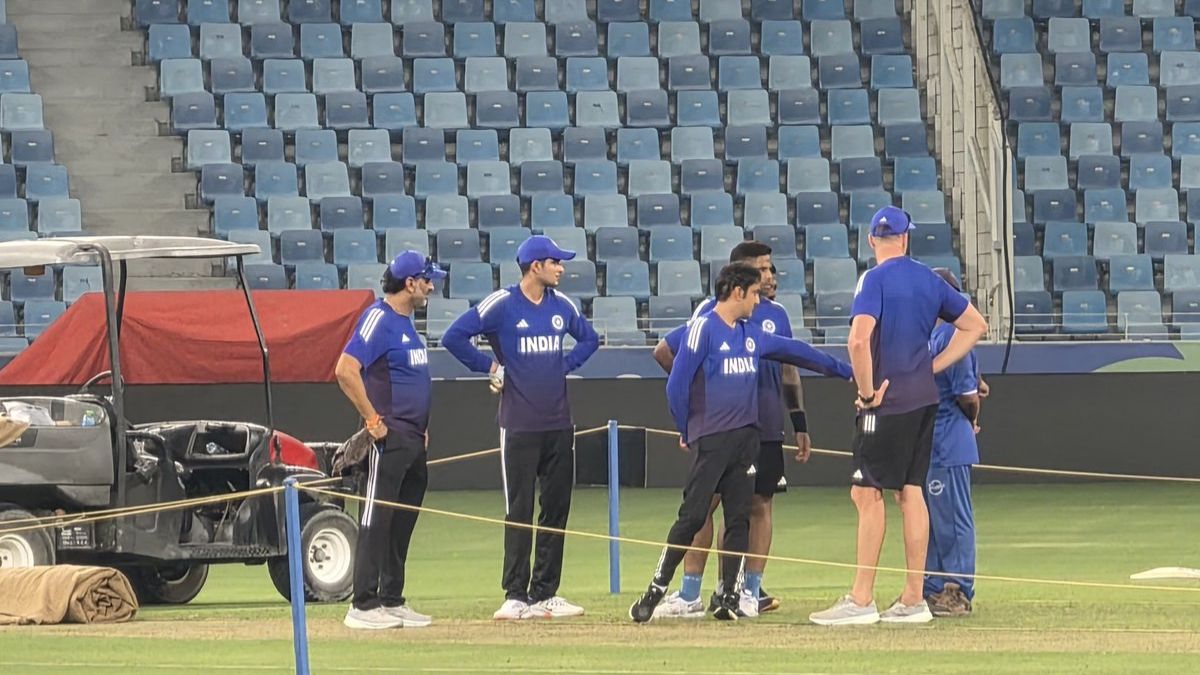The Asia Cup 2025 is here, with India set to open their campaign against the UAE on September 10. If the recent Afghanistan-Pakistan-UAE tri-series is any indication, flat wickets may offer runs in abundance, but spinners will continue to play a decisive role. The big question is — is India’s batting unit equipped to handle spin threats effectively?
Top-order concerns
A closer look at the numbers reveals mixed signs. Sanju Samson, despite his explosive strike-rate of 157, has been dismissed 12 times in 24 innings by spinners and carries a high dot-ball percentage of 30.
The spotlight, however, falls on Shubman Gill. In 18 innings against spin in T20Is, he has scored just 144 runs at an average of 18, with a strike-rate of 124 and a worrying 34% dot-ball rate. His inability to rotate strike consistently could become a liability in middle overs, especially on slower pitches.
On the other hand, opener Abhishek Sharma has shown better numbers, with a strike-rate of over 200 against spin, averaging 27 across 11 innings.
Middle-order stability
The middle-order looks stronger, with Suryakumar Yadav and Tilak Varma leading the charge. Surya’s record is exceptional — 873 runs at an average of 58 and a strike-rate of 147, with just a 27% dot-ball rate. Tilak Varma, too, has held his ground well, scoring 244 runs at an average of 35 and a strike-rate of 142.
All-rounders and finishing issues
Among all-rounders, Hardik Pandya averages a healthy 43 but his strike-rate drops significantly to 113 against spin. Axar Patel has been solid in limited opportunities, striking at 138 with an average of 33.
The major concern is Rinku Singh, India’s designated finisher. Against spin, his numbers are underwhelming — only 123 runs in 15 innings, a strike-rate of 107, and a staggering 38% dot-ball rate.
The road ahead
The numbers make it clear: India’s success against spin in the Asia Cup will heavily rely on Suryakumar Yadav, Tilak Varma, and Abhishek Sharma. For India to dominate, Shubman Gill and Sanju Samson must step up and break their struggles against slow bowling. Otherwise, India risk losing momentum in spin-heavy middle overs.


